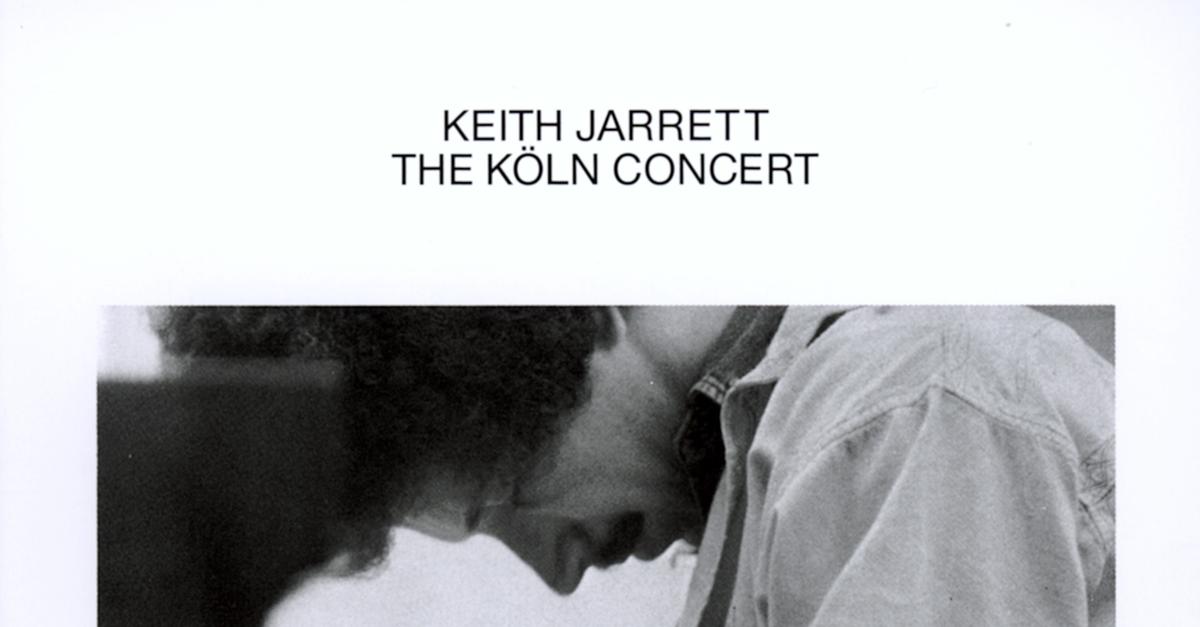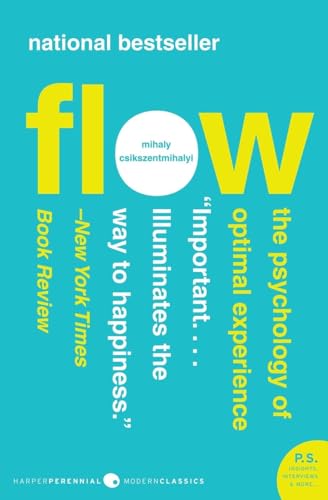January 24th 1975: The Koln Opera House

Keith and Vera stood on the stage just looking at the piano wondering what could possibly be done. It wasn’t the right one and it was in poor condition. Keith had briefly played it and found it to be out of tune, ‘thin’ at the treble end, and lacking in substance at the bass end. The pedals which can be used to create softer sounds or sustain the notes weren’t working. This was a disaster!
Vera Brandes at 17 years of age was the youngest concert promoter in Germany at the time and had secured a performance at The Koln Opera House from non-other than Keith Jarret. Keith Jarret had played Jazz piano with the greats like Art Blakey and Miles Davis during the 1960’s and during the 1970’s had moved into playing solo jazz piano or as part of quartets. It was safe to say that securing Jarrett to play a gig for the 17-year-old promoter was a bit of a coup. And here they were stood in front of this problematic piano late in the afternoon on the day of the gig. The problem had arisen due to some obvious confusion over the piano. Jarrett had selected a Bosendorfer 290 Imperial to play for the performance. It is the company’s largest piano with an eight-octave range and is their flagship instrument. The extra bass strings create a richer sound due to the harmonic resonance. What was in front of Jarret and Brandes on the stage was much smaller Bosendorfer baby grand that was a rehearsal piano and in poor condition. Due to some confusion the wrong Bosendorfer had been set up on the stage. The problem of the wrong piano couldn’t be corrected by installing the correct one because, if you know pianos, you know that moving one then acclimatising it to the environment before then tuning it is a time-consuming process. So, if the gig was to go ahead it had to be on this piano. The piano tuner did the best he could.
It gets worse. Jarret had arrived from Switzerland after a long drive from Zurich where he had performed a couple of days previously. He was tired having not slept well and was in a back brace due to back problems that left him uncomfortable and in pain. Confronted with this substandard piano it took all of Brandes’ persuasive power to convince him to still play. He agreed to go ahead so Brandes and Jarrett headed off to get something to eat. In the local Italian restaurant, there was a mix up with the order which meant Jarrett only managed to eat a few mouthfuls before they had to leave to return to the venue.
The concert took place to an audience of 1,400 people at 11.30 after the evening performance of the opera as that was the only time that the opera house would indulge the promoters request to stage the gig. So, late in the evening, in pain, hungry, playing a piano that wasn’t to the standard required Jarrett sat down to play. The recording of the performance became the best-selling solo album and the best-selling piano album in jazz history. That’s remarkable in itself but it becomes even more remarkable when you find out that Jarrett took the decision before playing to largely improvise the performance! How can someone faced with this situation deliver what was to be one of, if not the, performance of his career? Flow.

Mihaly Csikszentmihalyi is the father of the concept of flow (Csikszentmihalyi, M (2002) Flow. London: Rider (The Random House Group)) describing it as a state of being where you are completely absorbed in the task you are doing to the extent that nothing else seems to matter and you are finding joy in every moment. Concentration, he suggests, becomes so intense that there is nothing left over to draw you into thinking about anything else. In a state of flow people were able to ‘tune out’ external stimuli in order to focus on task and in doing so became more efficient at the task.
There are a number of things that help to create this flow state – all of which are ably demonstrated by Keith Jarrett’s ability to deliver his stunning performance. The first is mastery or competence. The literature in this area uses them interchangeably. Simply put a good starting point is that you know what you are doing. There is a relationship between what you need to do and what you are able to do. These things need as far as possible to match each other. The thing you are being asked to do should not appear unachievable when stacked up against your knowledge or your skills set. You may not have knowledge of something but may have the skills to go and figure it out. Or you may have knowledge of something but not the skills (yet!) to do it. Either is an opportunity for growth so may mean you still have some element of mastery in the required area.
For Carol Dweck, a psychology professor at Stanford University, how masterful you feel in such circumstances can be dependent on whether you have a fixed mindset or a growth mindset. If you have a fixed mindset you might look at a problem and think ‘I have available to offer what I have, and that is all – no more’ which may lead to you not considering what you do have and what you could develop. People with a growth mind set do exactly that. They think ‘I have some of the things to do this task, I can work on the other things I need, or go and find them out, because I am capable of new things’. People with a growth mindset can still be Masters of a task even when they don’t know or have available to them all the skills they need. They will be master of themselves and adopt a ‘can-do’ attitude to finding out. Obviously, there is a tipping-point here where if something is predominantly outside of your area of knowledge or skills you may need to question why it is you are being asked to do it. In reality we are never masters of all we may want or need to be masters of. We are always going to need to develop in some way, but we need to feel like we can develop.
Jarrett, in improvising The Koln Concert can get into a state of flow because he has Mastery of his instrument and the technical aspects of music. In the case of an improvised Jazz piece, he also has complete autonomy.

Autonomy is the next thing that helps us develop a flow state. The more autonomy that someone has the more they can achieve a state of flow and, remember, the more you achieve a state of flow, the more efficient and productive you will be. When talking about motivation Daniel Pink tells us that control leads to compliance, but autonomy leads to engagement and it is that engagement element that will contribute to flow. The usual approach to the management of people in the workplace is to assume that to get them to do things you need to give them a prod. I’d argue that, while people do sometimes need prodding, if you set up the right sort of environment, if you are clear on the task and the outcome, and you have people you have selected or trained who are masters in the area you are asking them to operate in, they will figure out how to get the task done to get to the outcome you want on their own if you leave them alone – thank you very much! People who feel they have the skills to do what they are required to do and are left to do it autonomously will be happier people. Managers note.
Daniel Pink introduces purpose as another element that supports motivation and flow. This relates to Csikszentmihaly’s view that to get into flow we need to find joy or pleasure in everything we do. So, in order to get into flow, the question to ponder is what is your purpose here? Keith Jarret’s purpose was clear and links to another theoretical idea called Self Determination Theory that interacts with this idea of flow. Self Determination Theory suggests that alongside autonomy and competence we need relatedness or connectedness. It’s clear that as a performer and artist Jarrett’s purpose is to perform and entertain. He was at the top of his game in 1975 when he stepped onto the stage at The Koln Opera House and his purpose was to entertain but also to show his mastery which people wanted to delight in. He wanted to also connect and relate to his audience and they to him. To achieve flow, we need to do the same. Ask “how does what I am doing relate to others that are effected by it”.
In achieving these things, we achieve Csikszentmihaly’s state of flow and, as he says, in doing so we are on the way to an improved quality of life and a state of well-being. Achieving this state takes personal responsibility and the right environment which can only be achieved in partnership with others. In terms of work this partnership has to be with our employer, at home with our family and friends. And it needs to be two-way. The same responsibility needs to be evident in return. This is a whole life concept. We need to create an environment where these things, mastery, autonomy, and purpose, are possible.

